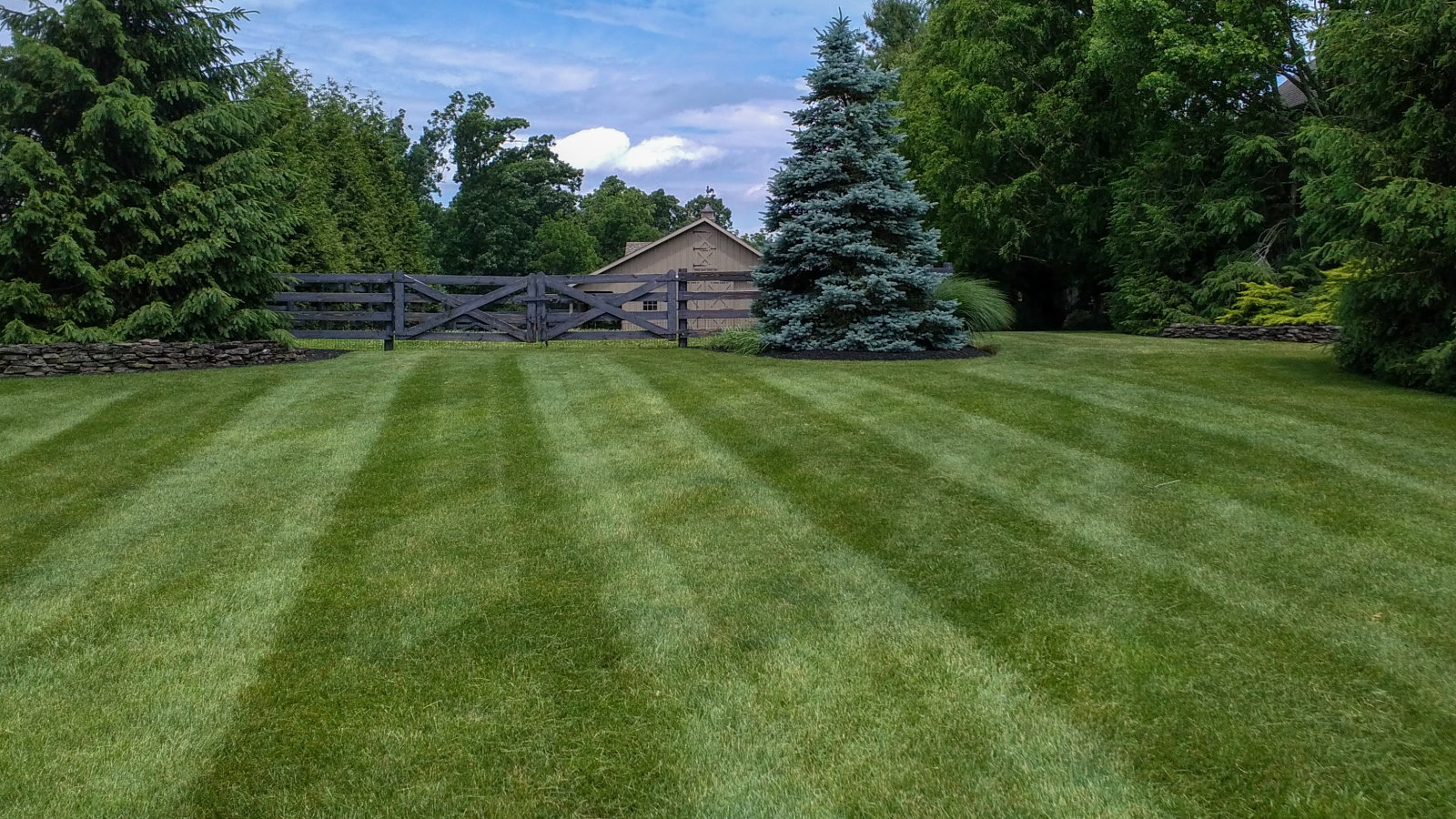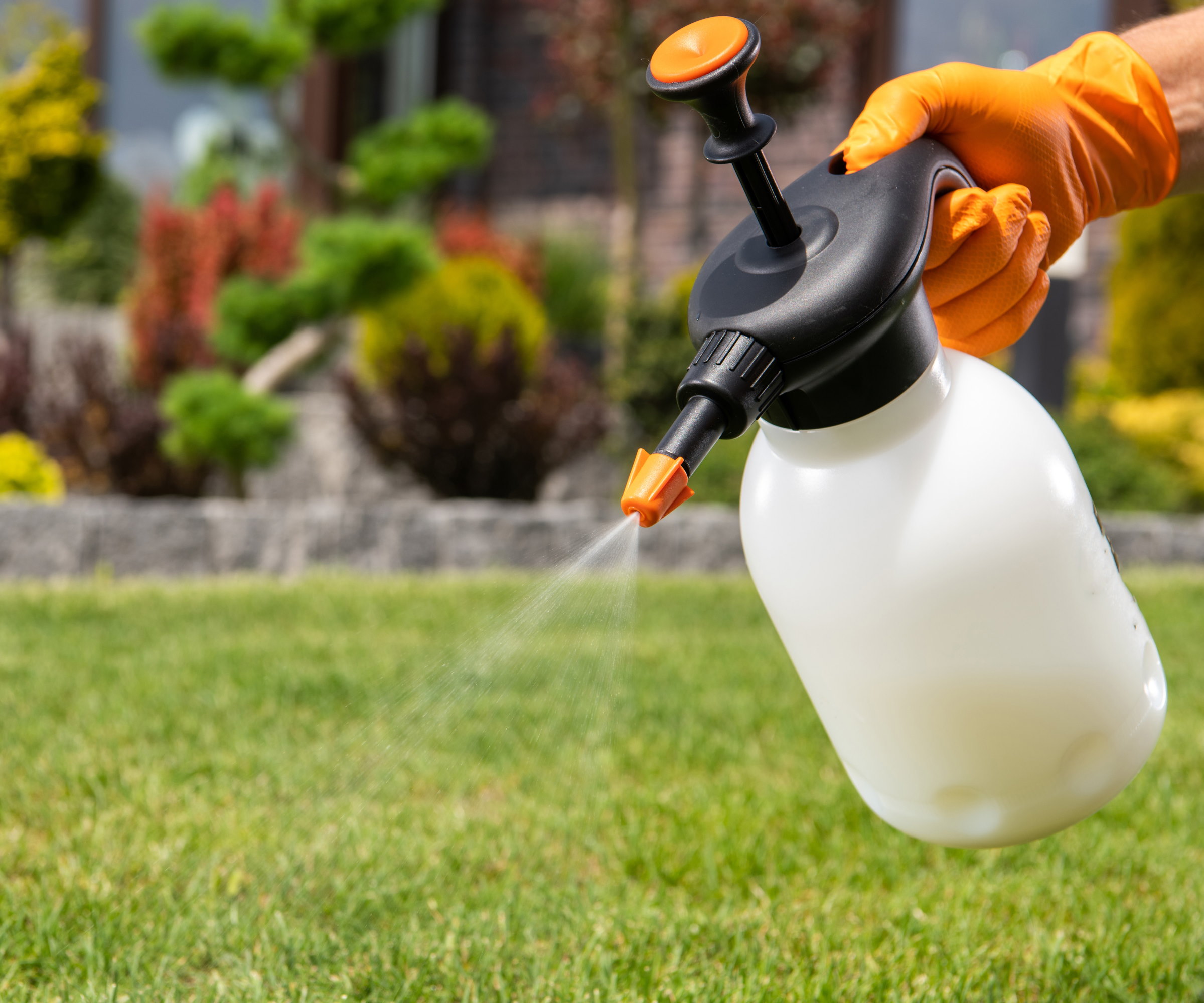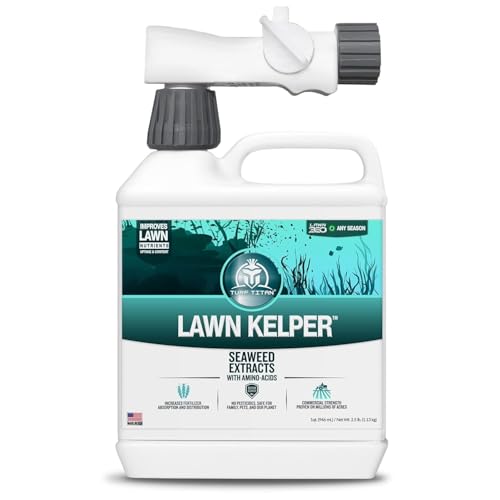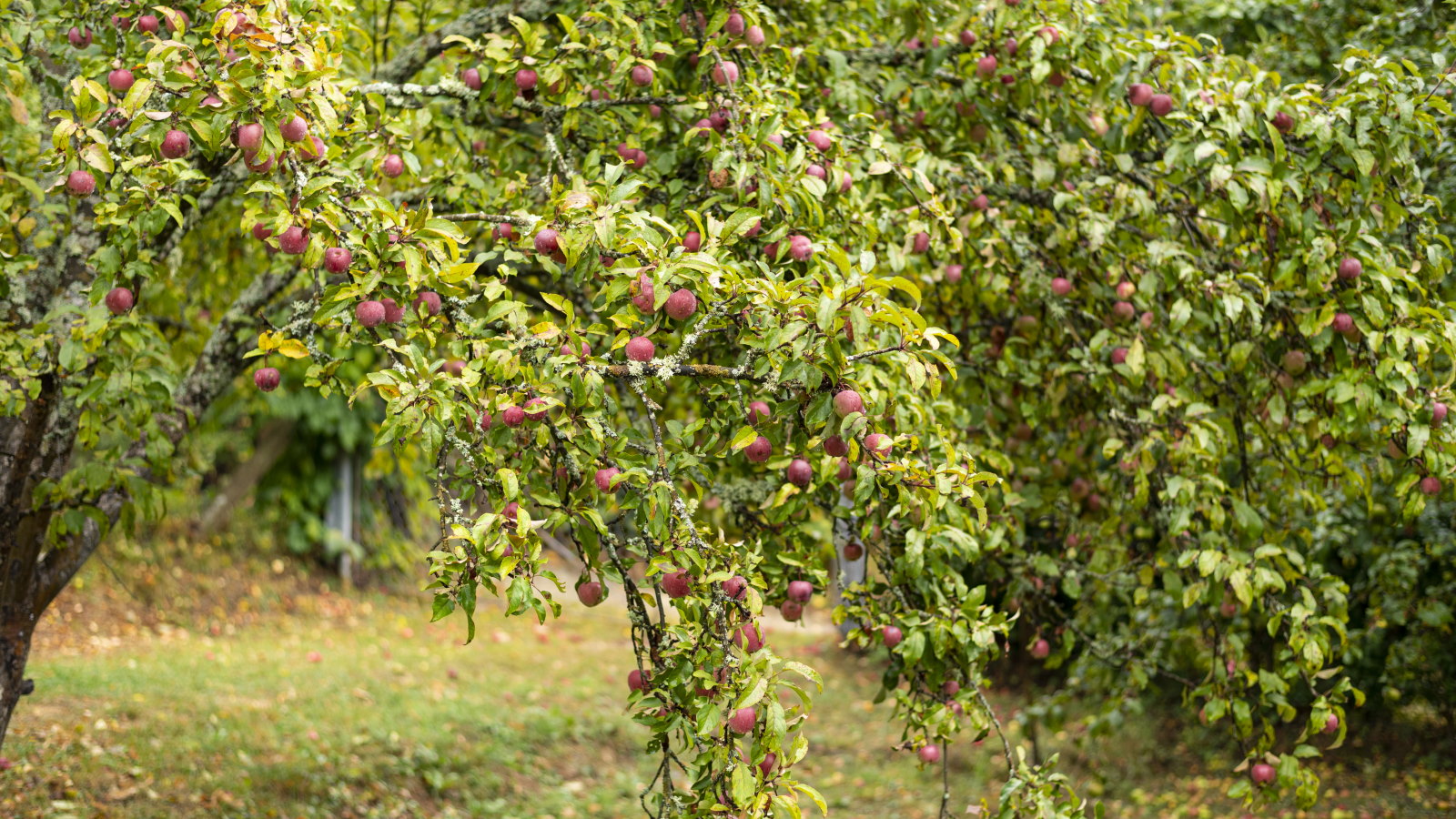Your lawn can be lush, greener, and stronger by using this one natural, eco-friendly ingredient
Discover why you should be using seaweed on lawns


Seaweed is an excellent natural product that can help you achieve a stunning and healthy lawn. It may sound surprising, but now is the perfect time to explore the many benefits of using seaweed on lawns.
When you use seaweed in the garden, it provides a fantastic range of benefits for plants. Specifically for lawns, seaweed offers multiple rewards. Not only will they be greener and more beautiful, but they will also be stronger against disease, drought, and cold weather.
This guide looks at the benefits of using seaweed on lawns, and when and how to use the natural product to fertilize a lawn. I heard from two experts who revealed how using seaweed on lawns can be easily added to any lawn care regime.

The benefits of using seaweed on lawns
Seaweed contains essential nutrients required to help grow a thick and green lawn. As well as being full of nutrients, seaweed also conditions the soil. It helps improve the soil structure, which boosts water and nutrient retention and means the lawn develops a strong root system.
Lawn expert Ben Agnew at Lawnsmith claims that seaweed ‘provides a biological boost’ to grass and should be a great supplemental product as part of any lawn care regime, especially as it can make other lawn feeds work more efficiently.
‘Seaweed provides nutrients to improve a lawn's ability to fight disease, while becoming stronger and greener,’ says Ben. ‘It’s an eco-friendly ingredient which enriches soil with organic matter, supporting root growth and improving the absorption of essential nutrients.’
A stronger lawn fed with seaweed is more resilient against stresses, such as drought and extreme heat or cold, and resistant to turf diseases and pests.
Seaweed is also an eco-friendly way to fertilize lawns and is safe for use around children and pets.
When to use seaweed on lawns

Ben Agnew claims that, while seaweed offers many benefits, ‘knowing how to use it is key’ for the best results. Seaweed does require multiple applications, and the results will improve with repeated use.
Seaweed can be applied to lawns during the growing season, starting when gardeners traditionally fertilize a lawn in spring, once the grass starts growing again.
‘Apply first in early spring, and then I’d suggest waiting four to six weeks for the next application,’ says Ben. ‘Your second dose of seaweed will actually triple the impact as the nutrients build up over time. Consistency will yield the best results.’ Continue applying seaweed every four to six weeks until early fall.
Seaweed can also offer specific benefits when overseeding a lawn in spring. When you overseed a lawn, bare patches in the grass can be quickly dealt with. Angharad James, product manager at Maxicrop, claims it is ‘great to use seaweed after overseeding’.
‘The nutrient-rich seaweed formula not only promotes faster germination but also strengthens young grass against stress and disease for a more hardy lawn,’ says the expert.
‘Keep the area moist until the new grass establishes, and soon, those bare spots will be a thing of the past.’

With nearly a decade of experience in the horticultural industry, Angharad knows how to help gardeners get the most out of their efforts to produce beautiful blooms and bumper crops. A product manager for Maxicrop at SBM Life Science, Angharad specialises in organic growing.
How to use seaweed on lawns

While you can apply dried seaweed directly onto a lawn, either ground up and scattered or dissolved in water to make a liquid feed, the easiest way to use seaweed on a lawn is to buy fertilizers that contain seaweed.
As well as knowing the exact make-up of seaweed, such products also contain other essential nutrients and, by applying at the recommended rates, can avoid overfertilizing a lawn.
‘Seaweed is a great ingredient to add to your lawn care routine, but there are risks,’ warns Ben. ‘It can cause a salty buildup in the soil, hindering water absorption and damaging the roots. Too much organic matter from seaweed can cause excessive thatch.’
Seaweed-based liquid feeds can be mixed with water and applied to the grass with a sprayer when you water the lawn. Use the products on dry and mild days; applying in wet weather can prevent seaweed from being as effective.

A liquid lawn fertilizer with seaweed extract, amino acids, and soluble potash. Simply mix with water and connect the nozzle to your hose to apply to your lawn.
FAQs
When should I put seaweed in my lawn?
You can use seaweed-based lawn fertilizers throughout the growing season, typically from March to October. Seaweed will be beneficial year-round, but shouldn’t be added when the ground is frozen or very wet.
How long does it take for seaweed to work on a lawn?
The effects of applying seaweed can first be seen within two weeks of it being applied to the lawn. You may see improved growth or the lawn greening up. The results will improve with regular applications during the growing season.
Seaweed is a fantastic natural product to use all around a garden. There are different ways to use seaweed as garden fertilizer, depending on whether you can source fresh seaweed or buy products containing it as an active ingredient.
There is always the option of purchasing seaweed-based fertilizers, similar to those for a lawn, to feed your plants and the soil. Alternatively, if you can collect fresh seaweed, you can make a plant fertilizer by soaking it in water, spread the seaweed as a mulching material, or use it to make compost.
Sign up to the Homes & Gardens newsletter
Design expertise in your inbox – from inspiring decorating ideas and beautiful celebrity homes to practical gardening advice and shopping round-ups.

Drew’s passion for gardening started with growing vegetables and salad in raised beds in a small urban terrace garden. He has worked as a professional gardener in historic gardens and specialises in growing vegetables, fruit, herbs, and cut flowers as a kitchen gardener. That passion for growing extends to being an allotmenteer, garden blogger, and producing how-to gardening guides for websites. Drew was shortlisted for the New Talent of the Year award at the 2023 Garden Media Guild Awards.
You must confirm your public display name before commenting
Please logout and then login again, you will then be prompted to enter your display name.
-
 Plants never to grow next to fruit trees
Plants never to grow next to fruit treesExpert advice on which plants to keep away from fruit trees to encourage a healthy harvest
By Jacky Parker Published
-
 Martha Stewart's tips for arranging daffodils are unbelievably simple and effective – it's the only flower advice you need this springtime
Martha Stewart's tips for arranging daffodils are unbelievably simple and effective – it's the only flower advice you need this springtimeMartha shows us that we can create gorgeous bouquets of this seasonal flower by simply trimming the stems and placing them in specific vases
By Hannah Ziegler Published